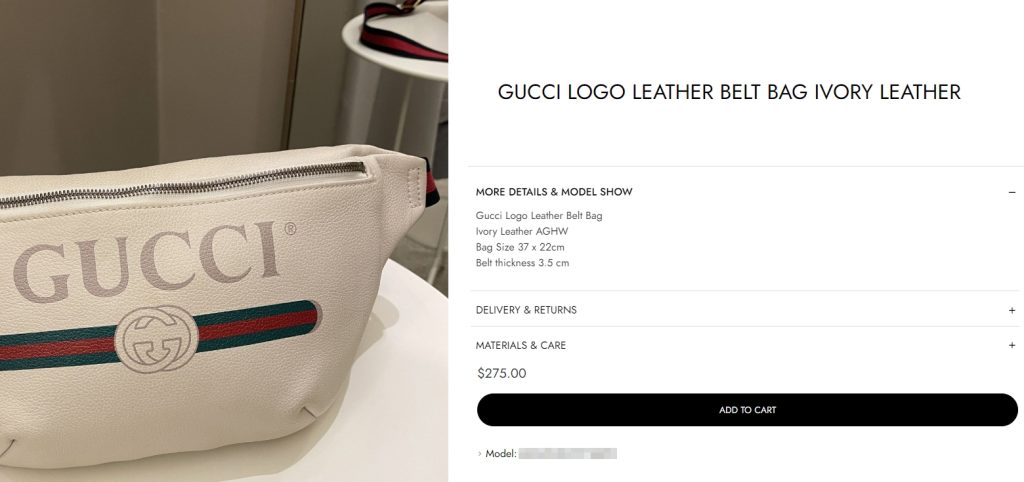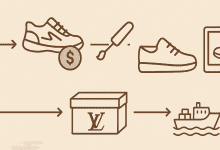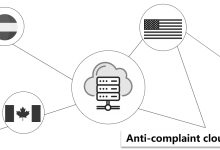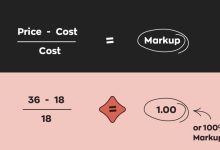Some friends once asked me:
“Marcus Steele, do we need to know coding to build an self-hosted site?”
Let’s not answer that question right away.
In my first five years in this industry—before 2015—I was deeply obsessed with technology.
Coming from a programming background, I believed that technology meant traffic, and traffic meant everything.
During that period, I spent countless nights building tools and scripts to “drive operations with technology.” I experimented with AliExpress keyword embedding, Google black-hat SEO, Facebook tag automation, and even black card tricks. I recorded all these in my early startup journals.
Looking back now, I realize my mindset was wrong.
Technology is important, yes—but it’s definitely not everything.
Everyone knows the essence of online business is traffic.
With traffic comes conversions, and with conversions come orders—almost everything we pursue.
But from a user’s perspective, traffic never had to be tied to technical skills.
And here, I emphasize: from the end user’s point of view.
Take Facebook Ads as an example. Its decision-tree algorithm automatically explores combinations like age → gender → interests, allowing the system to reach precise target audiences.

Yet, as advertisers, we don’t need to understand any code.
We only need to configure our campaigns properly in the ad interface.

Technology is indeed a powerful tool.
Used well, it brings efficiency and leverage.
Especially when systems are imperfect, it can even open “loopholes.”
For example, in the early days, black-hat SEO and black-card tricks were once extremely popular—but all of them turned out to be short-lived.
For cross-border ecommerce professionals, the key is mastering top-level operations, not technical engineering.
You don’t need to know code, data structures, or algorithms—that’s what engineers do.
As operators, our focus is on settings and optimization. That’s it.
So, from an operator’s perspective:
Technology is not a necessity.
Refined Operations
Everything in this world may appear complex and intertwined on the surface, yet at its core, it always follows one timeless principle — “great truths are simple.”
This law of simplicity governs everything.
It’s like facing an impossible math problem that seems unsolvable at first glance. But when you break it down, its essence always returns to the most basic forms of addition, subtraction, multiplication, and division.
The same applies to cross-border ecommerce.
Beneath all the so-called complexity lies a simple truth: simplify what is complex, and focus on doing the details right.
There are no grand secrets, no hidden tricks — success simply comes from refining every small process to perfection.
Details determine outcomes. Excellence creates momentum.
When every element is optimized, orders naturally become within reach.
That is what I have always emphasized to my fellow industry professionals:
Refined operations — precision, patience, and mastery of detail.
Refined operations mainly involve a series of critical details — product selection, landing pages, creatives, audience targeting, and ad placements.

Take the landing page as an example. It includes everything from store layout, pricing strategy, on-site optimization, checkout process, to cross-selling design.

When every detail is done right, your store gains a powerful magnetism — buyers enter and simply don’t want to leave. That alone is a huge step toward success.
On the advertising front, we continuously track and iterate on key actions such as Add to Cart, Leads, and Initiate Checkout events. By refining audience segments and ad delivery based on these data points, we can steadily improve our ROI.
When it comes to product selection, we rely on analytics tools, YouTube trend mining, and reliable supplier network insights to discover potential winning products. This dramatically increases our success rate in the competitive cross-border market.

After all these steps, one essential skill remains — data analysis.
Use metrics to diagnose performance and guide optimization:
-
Use CTR (Click-Through Rate) to evaluate ad creatives.
-
Use CPC (Cost Per Click) and CPM (Cost Per Mille) to assess audience targeting.
-
Use GA interaction data to analyze on-site performance and user behavior.
By studying these indicators and making data-driven adjustments, we can refine campaigns for stronger CTR, CPC, and CPM performance, leading to higher conversion rates and ROI.
At that point, orders naturally follow — it’s not a matter of luck, but a matter of precision.
When running paid traffic campaigns, we should avoid becoming obsessed with surface-level “pretty data.”

The most important thing is the number of key conversion events — for example, Add to Cart or Checkout Initiated.
And above all, the core metric is ROI.
If you see campaigns with attractive engagement metrics but poor conversion performance, the problem usually lies in the landing page.
It could be the product itself, or the listing description, pricing, or even customer reviews.
You must learn to analyze precisely and fix the problem at its root.
After you go through this process, you’ll realize something fundamental —
all of this is made up of fragmented, detailed tasks.
There’s no secret formula, no hidden trick — just continuous refinement and disciplined attention to detail.
 Custom E-commerce Solutions for High-Quality Designer-Inspired Fashion Replicas | Website Development, Dropshipping, Payment Integration for PayPal and Stripe, Ad Cloaking Services
Custom E-commerce Solutions for High-Quality Designer-Inspired Fashion Replicas | Website Development, Dropshipping, Payment Integration for PayPal and Stripe, Ad Cloaking Services



























![5 Best WordPress Themes for Replica Product International Trade Websites [Recommended]-Custom E-commerce Solutions for High-Quality Designer-Inspired Fashion Replicas | Website Development, Dropshipping, Payment Integration for PayPal and Stripe, Ad Cloaking Services](https://replicasmaster.com/wp-content/uploads/2025/06/1-1-220x150.jpg)
